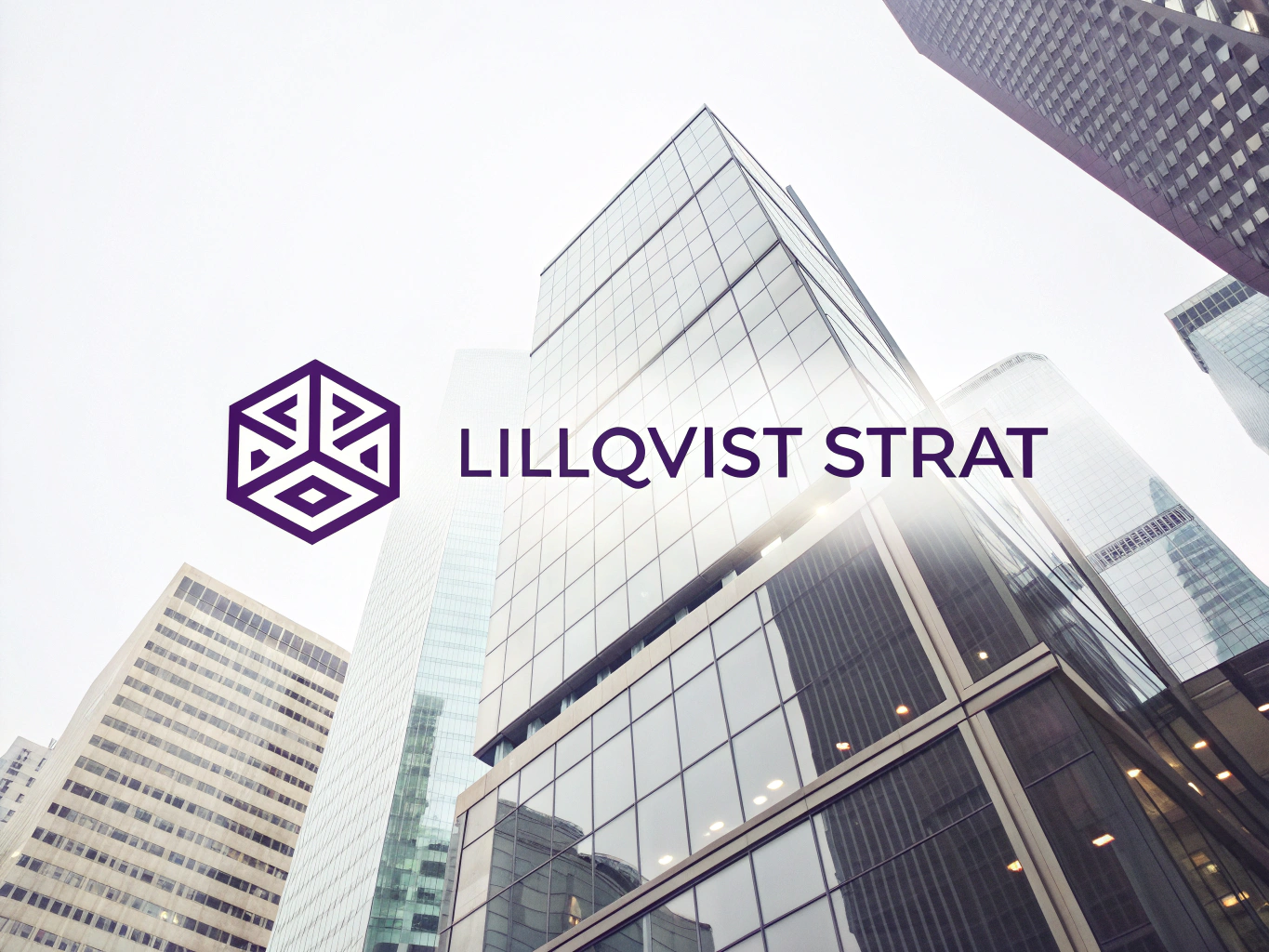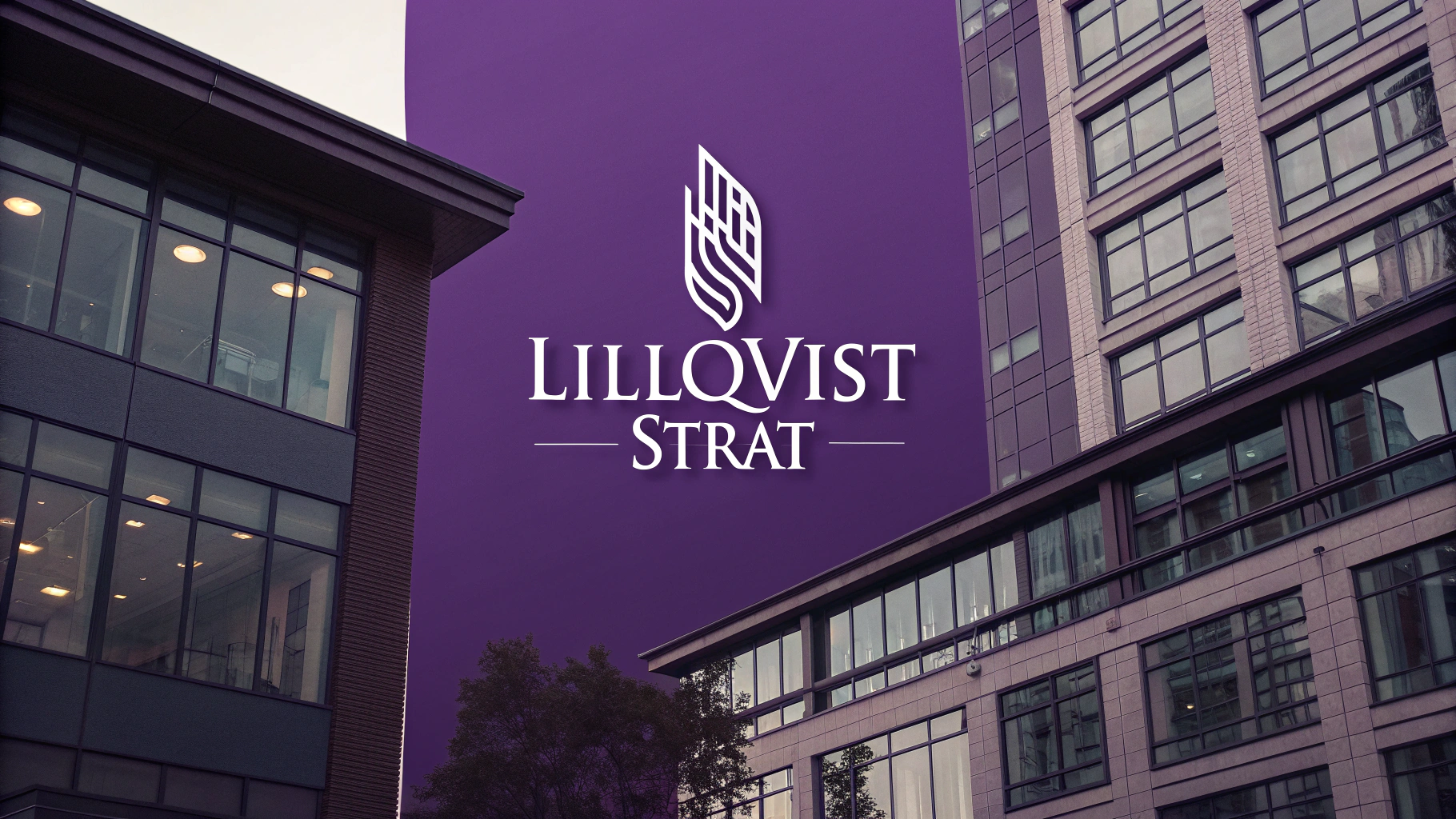The grocery industry is highly dynamic, with supply chains often subject to disruptions and fluctuating demand. In such an environment, grocery retailers need to stay ahead of the curve to avoid stockouts, overstocking, and operational inefficiencies. Predictive analytics, powered by machine learning and big data, is revolutionizing how retailers can forecast supply chain disruptions and demand spikes. By implementing predictive analytics and automating the ordering and inventory management process, grocery stores can enhance their supply chain efficiency and reduce operational costs.
In this article, we’ll explore how predictive analytics can optimize the grocery supply chain and provide a sample code for integrating predictive models into your grocery store’s operations.
1. Leveraging Predictive Analytics to Forecast Disruptions and Demand Spikes
Predictive analytics uses historical data, trends, and machine learning algorithms to forecast potential disruptions and changes in demand. For grocery stores, this means identifying patterns like holiday demand, weather-related fluctuations, or supply chain bottlenecks, which may lead to shortages or excess stock.
By using predictive analytics, grocery stores can forecast demand spikes well in advance, helping them plan accordingly. For instance, if a specific item (such as fresh produce or canned goods) is expected to be in high demand due to a local event or changing consumer behavior, predictive models can provide insights into when and how much to stock.
Example Code for Demand Forecasting:
Here’s an example of how to forecast demand for a specific grocery item using Python and the Prophet library, which is widely used for time series forecasting.
import pandas as pd
from fbprophet import Prophet
# Sample data: Daily sales for an item
data = {
'ds': pd.date_range(start='2023-01-01', periods=365, freq='D'),
'y': [150 + (i%7)*10 + (i//30)*20 for i in range(365)] # Example sales data
}
# Create a DataFrame
df = pd.DataFrame(data)
# Initialize the Prophet model
model = Prophet()
# Fit the model with the data
model.fit(df)
# Make future predictions (for the next 30 days)
future = model.make_future_dataframe(df, periods=30)
forecast = model.predict(future)
# Plot the forecast
model.plot(forecast)This code leverages Prophet to predict future sales data based on historical sales patterns, helping grocery stores anticipate demand fluctuations.
2. Automating Ordering and Inventory Management
Once predictive models are in place, the next step is automating the inventory management and ordering processes. By integrating predictive analytics into the ordering system, grocery stores can automatically place orders when inventory levels are low based on the forecasted demand. This reduces manual effort and minimizes the chances of human error.
The system can also automate the restocking process for items predicted to have high demand, adjusting order quantities in real time to meet predicted demand and prevent overstocking or stockouts.
Example Code for Automated Reordering:
Here’s an example of how to automate the reordering process based on demand forecasts and current stock levels.
import pandas as pd
# Sample current inventory levels and forecasted demand
inventory_data = {
'product_id': [1, 2, 3, 4],
'product_name': ['Apples', 'Bananas', 'Carrots', 'Potatoes'],
'current_stock': [50, 30, 100, 40], # Current stock in the store
'forecasted_demand': [70, 40, 90, 60] # Forecasted demand for the next period
}
# Create a DataFrame
inventory_df = pd.DataFrame(inventory_data)
# Reorder threshold: If forecasted demand exceeds current stock by a certain margin
reorder_threshold = 1.2 # Reorder when demand exceeds 120% of current stock
# Calculate the reorder quantity
inventory_df['reorder_quantity'] = (inventory_df['forecasted_demand'] - inventory_df['current_stock']) * reorder_threshold
inventory_df['reorder_quantity'] = inventory_df['reorder_quantity'].apply(lambda x: max(0, x)) # Avoid negative values
# Display reorder quantities
print(inventory_df[['product_name', 'reorder_quantity']])This code calculates how much stock to reorder based on the difference between forecasted demand and current inventory levels. By applying a reorder threshold, stores can determine how much additional stock is needed to meet expected demand.
3. Saving Costs and Improving Operational Efficiency
The primary benefit of predictive analytics in grocery supply chain optimization is cost savings and improved operational efficiency. By automating the reordering process based on demand forecasts, grocery stores avoid costly stockouts and reduce the need for urgent restocking. Furthermore, they can minimize overstocking, which often results in unsold perishable goods and increased storage costs.
Predictive analytics can also help stores optimize their distribution network by forecasting where demand is likely to surge. For example, if certain items are expected to be in higher demand in specific locations, stores can strategically allocate stock to meet regional demand, reducing transportation costs and ensuring efficient stock flow.
4. Integration with Supplier Systems
To maximize the impact of predictive analytics on supply chain optimization, it is essential to integrate the system with suppliers. Automating the ordering process based on predictive models ensures that suppliers are notified in real time and can prepare shipments accordingly.
Retailers can also use the data from predictive models to negotiate better terms with suppliers. By sharing accurate demand forecasts, they can discuss bulk orders or discounts, helping to further reduce costs and improve profitability.
5. How Lillqvist Strat Can Help
At Lillqvist Strat, we specialize in implementing AI-driven solutions that integrate predictive analytics into grocery store operations. Rather than spending valuable time learning how to set up and integrate predictive models yourself, we can help you deploy and optimize a solution that fits your specific needs. Our expertise in AI, data analytics, and supply chain optimization ensures that your grocery store will operate with minimal disruption, optimized stock levels, and a streamlined ordering process.
Next Step
Predictive analytics is transforming grocery supply chains by enabling accurate demand forecasting, automating inventory management, and optimizing ordering processes. By implementing predictive models and leveraging real-time data, grocery stores can improve their operational efficiency, save costs, and avoid common supply chain pitfalls such as overstocking and stockouts.
With the help of Lillqvist Strat, grocery retailers can seamlessly integrate predictive analytics into their existing systems, saving time and resources while boosting profitability. Let us guide you through the implementation process and help you stay ahead of the competition with AI-powered supply chain solutions.

Lillqvist Strat consults on business developement, software projects, automation, SOPs, analytical tools and more.
Contact me today to get started on our journey to higher profits, more revenue and happier employees!
Go to Contact now



